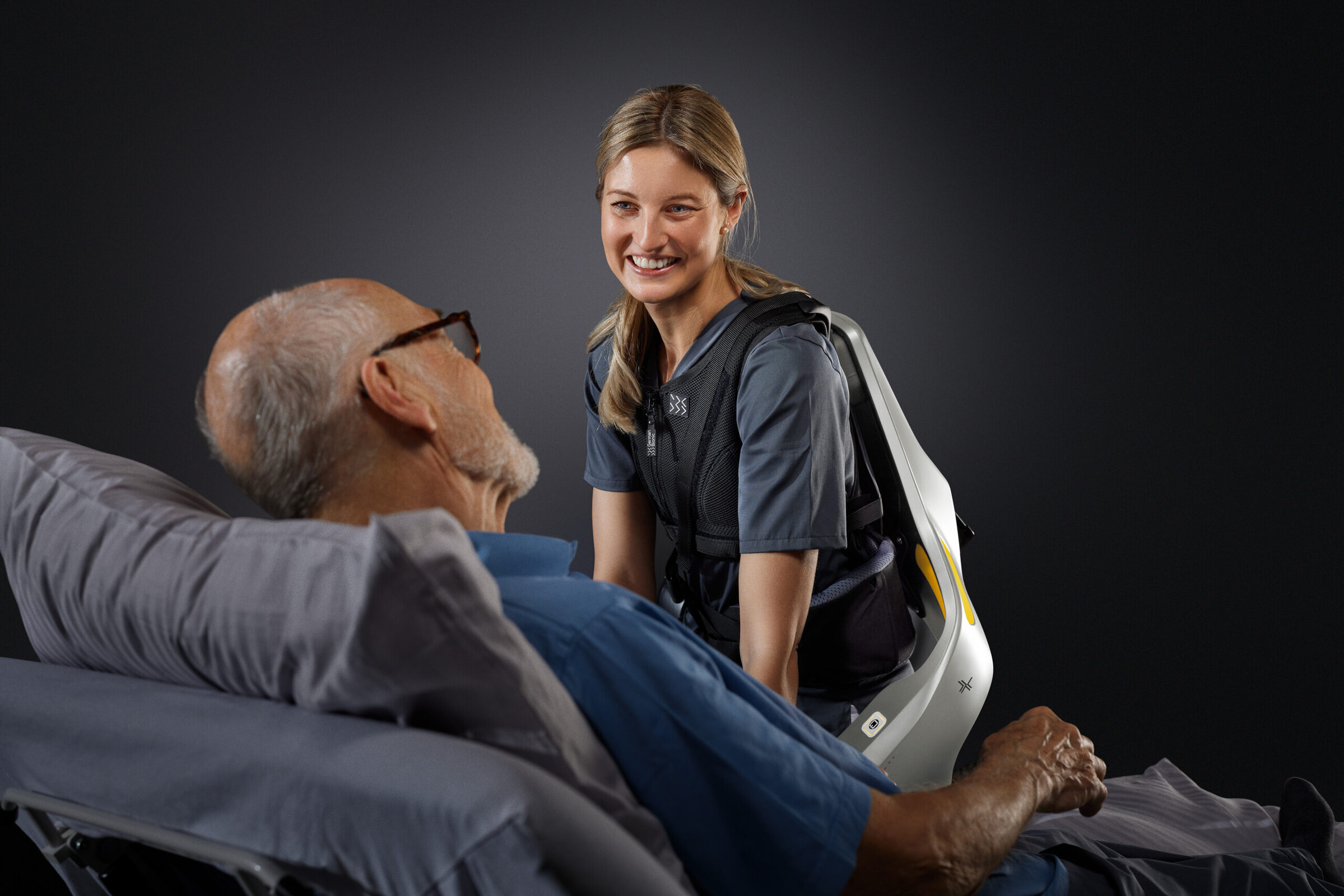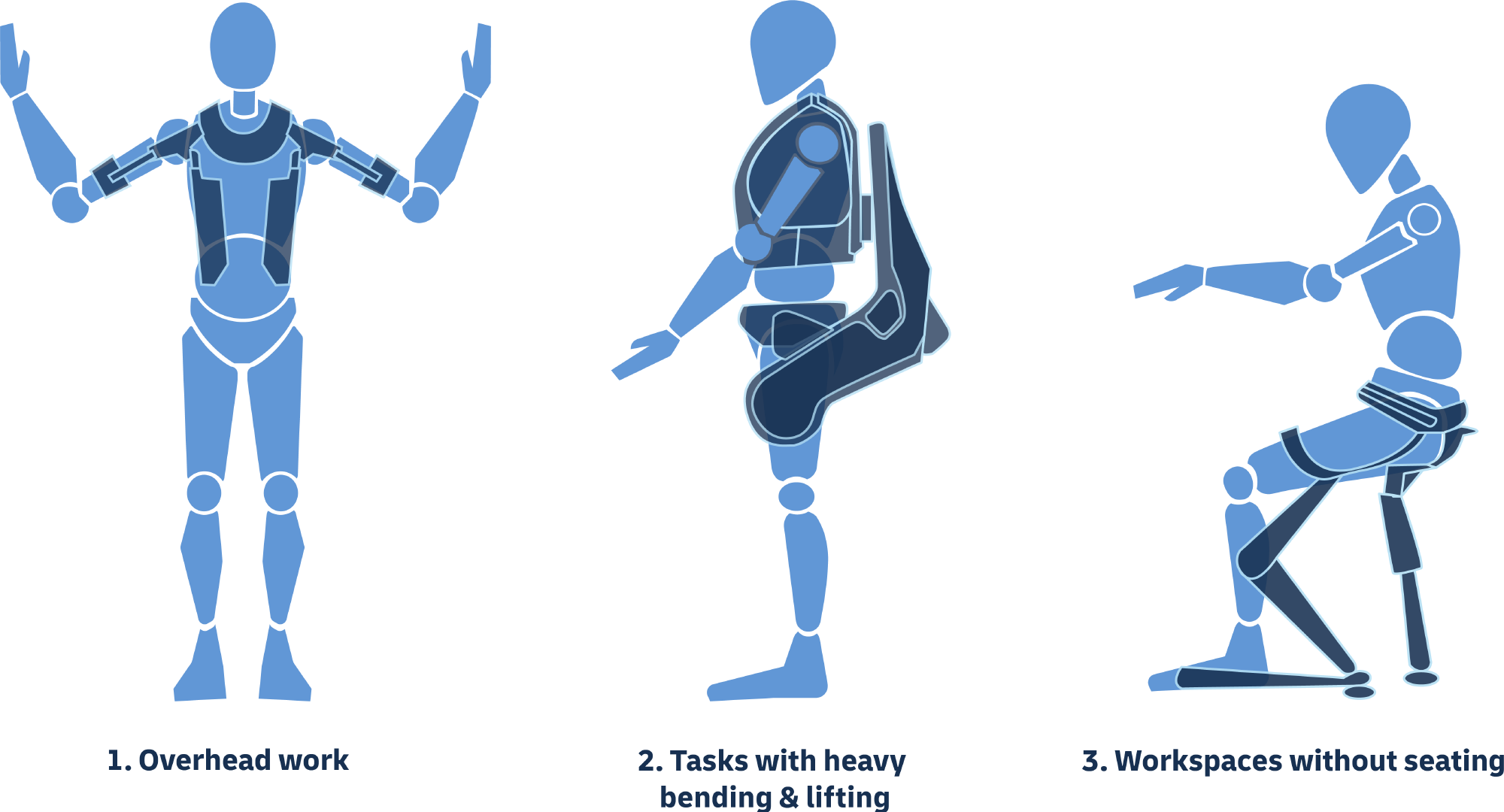Introduction
We’ve all seen futuristic depictions of bionic exoskeletons in movies—think of Iron Man or the soldiers in Edge of Tomorrow. These seemingly outlandish technologies have always seemed like something far off in the future, an idea that could only be realized in some distant age of superhuman capabilities. But today, the dream of integrating exoskeletons into everyday life is closer than ever.
What was once the realm of science fiction is fast becoming a reality. In recent years, breakthroughs in robotics, materials science, and neuroscience have brought us to the edge of a new era. Exoskeletons, powered external frameworks that can enhance human mobility and strength, are beginning to be tested in medical settings, factories, and even for personal use.
But the question remains: are we truly ready to embrace bionic exoskeletons in everyday life? This article explores the potential, challenges, and future of exoskeletons in society.
What Are Bionic Exoskeletons?
Bionic exoskeletons are wearable, mechanical suits designed to augment or enhance the wearer’s physical capabilities. They work by using motors, hydraulics, and sometimes brain signals to aid the user’s movement, providing strength, mobility, or support where the body might otherwise struggle.
Types of Bionic Exoskeletons
- Medical Exoskeletons – Designed primarily for rehabilitation, these exoskeletons help individuals with mobility impairments, such as those suffering from paralysis, regain the ability to stand and walk. They also offer physical therapy benefits by stimulating muscles and bones.
- Industrial Exoskeletons – These are used in factories and warehouses to aid workers in lifting heavy loads or maintaining ergonomic postures. The goal is to reduce worker fatigue and prevent injuries due to repetitive strain or overexertion.
- Military Exoskeletons – These are designed for soldiers to enhance their strength and endurance, enabling them to carry heavier loads for longer periods or traverse difficult terrains.
- Consumer Exoskeletons – Aimed at personal use, these exoskeletons might assist people in performing everyday tasks like lifting groceries or carrying heavy bags. They are still in their early stages but are a promising area for future development.
The Current State of Bionic Exoskeletons
Medical Applications: Revolutionizing Rehabilitation
One of the most significant breakthroughs in bionic exoskeletons has been in the medical field. The idea of a person who has lost the ability to walk due to spinal cord injury or stroke regaining mobility seems like a miracle, but it’s now happening in some clinical settings.

For example, ReWalk Robotics, a company focused on creating exoskeletons for people with spinal cord injuries, has developed a system that allows users to stand up, walk, and even climb stairs. These exoskeletons are being used in rehabilitation centers to help patients with neurological disorders and injuries regain mobility.
Industrial Applications: Enhancing Worker Efficiency and Safety
In industries like manufacturing, construction, and logistics, workers are often required to perform repetitive, strenuous tasks that can lead to injury over time. Heavy lifting, for instance, can strain the back and cause long-term musculoskeletal issues. To combat this, companies have started to experiment with industrial exoskeletons.
The EksoVest is one such device, designed to help workers lift overhead objects more easily. By distributing the weight across the body, it reduces strain on the arms, shoulders, and back. Companies like Ford and Volkswagen have already begun using exoskeletons in their production lines to improve safety and efficiency.
Military Applications: Enhancing Combat Capabilities
The military is another area where exoskeletons could change the game. Soldiers are often tasked with carrying heavy equipment over long distances, which can lead to exhaustion and injuries. Exoskeletons designed for military use aim to reduce the physical strain of carrying weight, enabling soldiers to carry more without tiring.
One notable example is the HULC (Human Universal Load Carrier) exoskeleton developed by Lockheed Martin. It allows users to carry up to 200 pounds without putting undue stress on their body, thus enhancing endurance and efficiency in combat situations.
Why Bionic Exoskeletons Could Transform Everyday Life
Increasing Mobility and Independence
One of the primary goals of exoskeletons, particularly in the medical field, is to restore mobility to those who have lost it. Imagine someone who has been in a wheelchair for years standing up for the first time. It’s not just a matter of physical movement but psychological empowerment. The ability to walk again could change how people view their potential and capabilities, offering a sense of independence that many thought was lost forever.
Reducing Workplace Injuries
Another compelling reason for integrating exoskeletons into daily life is their potential to reduce workplace injuries. In industries where repetitive strain and physical fatigue are common, exoskeletons can play a crucial role in keeping workers safe. Workers in warehouses, for example, could wear exoskeletons that help prevent back injuries from lifting heavy objects or repetitive motions from standing or sitting for long periods.
Assisting Elderly Populations
As the global population ages, the need for technologies that can help the elderly remain independent becomes more urgent. Exoskeletons could assist in mobility for those with reduced muscle strength or balance issues. By providing support for walking, standing, or even sitting, exoskeletons could help elderly people maintain their autonomy longer, improving quality of life and reducing the risk of falls or injury.
Enhancing Everyday Productivity
In the consumer space, exoskeletons could eventually be designed to assist people in performing everyday tasks. Think of people with physical limitations, whether from age, injury, or other conditions, who could benefit from additional strength. Grocery shopping, carrying heavy objects, or even gardening could become easier for a wider range of people.
The Challenges We Face
Cost and Accessibility
While the promise of bionic exoskeletons is exciting, their current cost remains a significant hurdle. The technology is complex, and developing exoskeletons that are both effective and affordable is no easy task. Current exoskeletons can cost tens of thousands of dollars, which makes them inaccessible to the average consumer, and even to many medical patients who could benefit from them.

Comfort and Usability
Exoskeletons are still relatively bulky, which can make them uncomfortable to wear for extended periods. For industrial or military use, this might not be as much of an issue, but for daily personal use, comfort is key. Improvements in materials, design, and ease of use are necessary before exoskeletons can be fully integrated into everyday life.
Safety Concerns
Exoskeletons must be designed to be safe and reliable. A malfunctioning or poorly fitted exoskeleton could lead to injury or even exacerbate existing physical problems. As the technology evolves, manufacturers will need to ensure that safety protocols and rigorous testing are in place to prevent accidents.
Social and Ethical Implications
The widespread use of exoskeletons brings with it various social and ethical considerations. For example, if exoskeletons become more commonplace, what impact will that have on job markets? Could these technologies replace manual labor, or will they lead to new kinds of employment? And from a societal perspective, how might exoskeletons impact people’s relationships with their bodies, especially for those using them to overcome physical disabilities?
The Future of Bionic Exoskeletons
Research and Innovation
The future of bionic exoskeletons looks promising. Researchers are exploring new materials, such as lightweight alloys and advanced polymers, that could make exoskeletons lighter and more comfortable. Additionally, as artificial intelligence (AI) and machine learning continue to evolve, exoskeletons will become more intuitive and responsive to the user’s needs.
Integration into Everyday Life
As technology advances, it’s possible that exoskeletons will move from the realm of specialized medical or industrial devices to something more integrated into daily life. Imagine a world where people of all ages and abilities can use exoskeletons to improve their physical performance, whether for personal health or simply to carry out daily tasks.
A New Era of Human Enhancement
Looking further into the future, exoskeletons may become part of a broader trend toward human enhancement. This could include not just physical augmentation but cognitive enhancements as well, as the fields of neurotechnology and robotics continue to merge. In this new era, the line between biology and technology could blur, creating new opportunities for human potential.
Conclusion
The development of bionic exoskeletons marks a fascinating milestone in the evolution of human capabilities. While we may not be ready for mass adoption today, the foundation has been laid. With continued advancements in technology, cost reduction, and improved design, exoskeletons could soon be integrated into various facets of daily life, from the workplace to the home.
As with any technological revolution, there are challenges to overcome, particularly in terms of accessibility, safety, and social implications. But with the potential to enhance mobility, reduce injuries, and empower those with physical limitations, bionic exoskeletons could change the way we live, work, and move in profound ways.











































